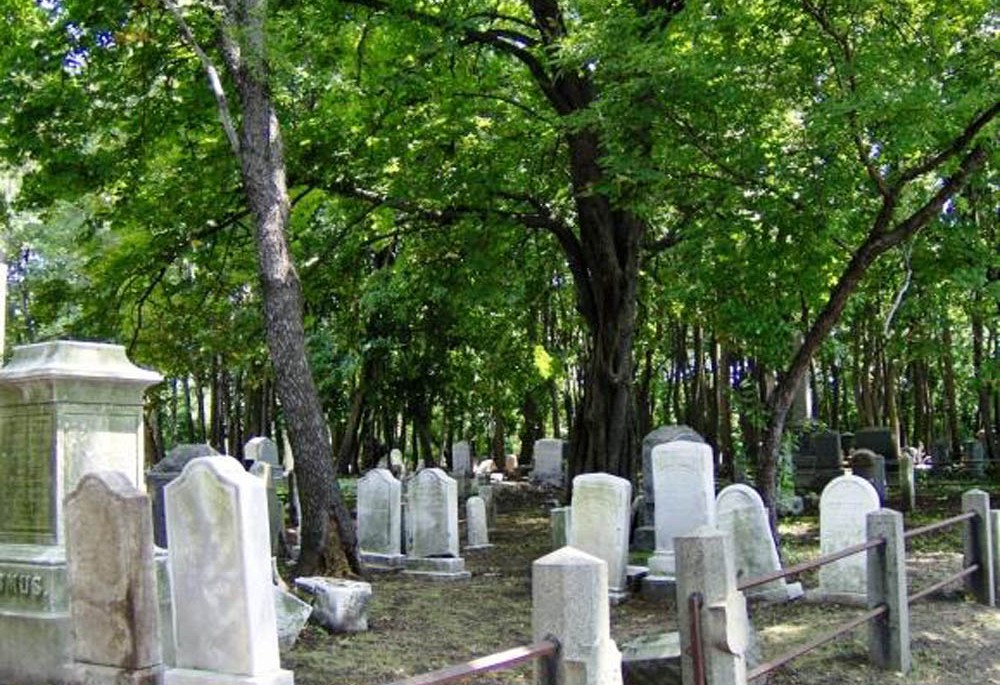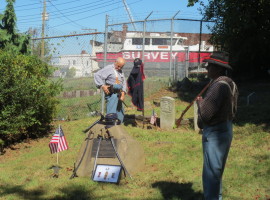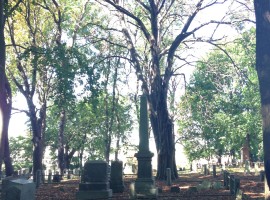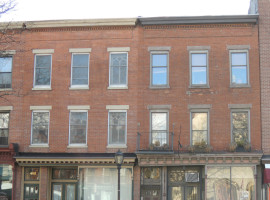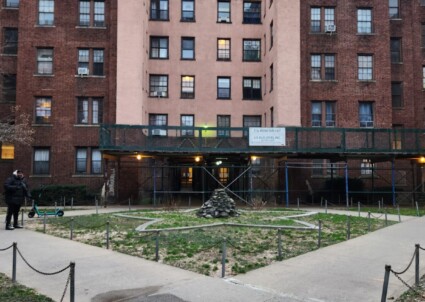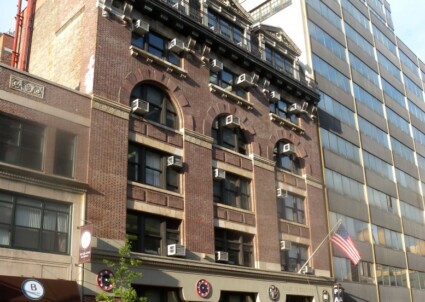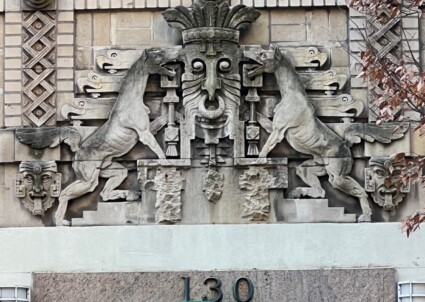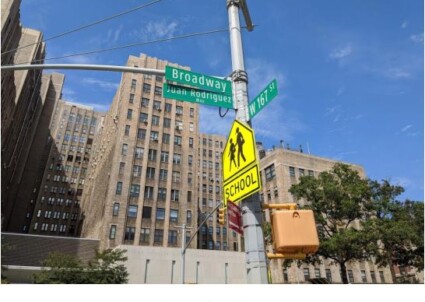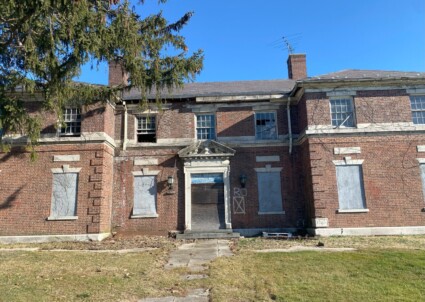Historic Staten Island Cemeteries, Staten Island
A Brief History
In its early history, New York City was home to an array of small burial sites. In the early 19th century, Manhattan was rapidly transforming into a bustling city, leading to the 1830 passage of an ordinance forbidding burials south of Canal Street. Small churchyard, private and non-sectarian cemeteries continued to be built north of Canal Street until 1847, when the New York State Rural Cemeteries Act was passed to encourage the construction of suburban cemeteries. These Romantic-style cemeteries were fashionable in the mid-19th century as retreats from city life, with pleasant landscaping and air-purifying trees. These cemeteries functioned not only as places of burial, but also as the precursor to major public parks. Two of New York City’s grandest cemeteries were designed and built in this style in what were then rural sections of the city: Green-Wood in Brooklyn (established in 1838) and Woodlawn in The Bronx (established in 1865).
After the Rural Cemeteries Act was passed, the greatest concentration of suburban cemeteries was built on the border of Brooklyn and Queens in Newtown Township, dubbed the “city of the dead.” In fact, by 1893, roughly 1.5 million people had been buried in 24 cemeteries of varying religious and non-religious affiliations, covering 2,000 acres of land there. In addition to being on the outskirts of the city, Newtown and the surrounding area were also attractive for the development of cemeteries since a provision of the Rural Cemeteries Act mandated that individual cemetery organizations be limited to no more than 250 acres in one county. Thus, this rule was circumvented through the purchase of larger parcels that stood within both Brooklyn (Kings County) and Queens (Queens County).
While much of the city was rapidly expanding and many of its small burial grounds were transformed for other uses, especially in Manhattan, Staten Island remained largely rural. This relative lack of development pressure allowed Staten Island’s small burial grounds to remain. From the 17th century well into the 19th century, family farms occupied much of Staten Island, especially in the south. Within the confines of these farms, “Homestead Graves” or family burial grounds were established. These were some of the first community cemeteries on Staten Island, and many of today’s cemeteries are still named after the families whose homestead burial grounds were sold for public use. In Staten Island, cemeteries did not discriminate against different races and cultures. At Fountain Cemetery, for example, members of many prosperous African American families, some born into slavery on Staten Island and subsequently freed, are buried there. Another unique aspect of many Staten Island cemeteries is the large amount of granite grave stones, which were quarried in the aptly named Graniteville neighborhood.
Many of the 13 accessible and five inaccessible cemeteries covered in this brochure became abandoned, vandalized or used as dumping grounds in the 20th century. Founded in 1981, the Friends of Abandoned Cemeteries of Staten Island (FACSI) has restored and maintained 11 of these hallowed spaces throughout the borough to date. This vital work includes landscaping and tree work, restoration and placement of grave markers and the production and installation of signage to identify the cemeteries. The organization also keeps archives of photographs, burial lists and cemetery documents, as well as transcribes obscure burial records and makes them available to the public via the Richmond County Genealogy website. In addition to respecting the lives of those buried at these sites, FACSI’s important work allows these cemeteries to reclaim and maintain their rightful place as a unique, beautiful and historically significant part of Staten Island’s physical fabric.
